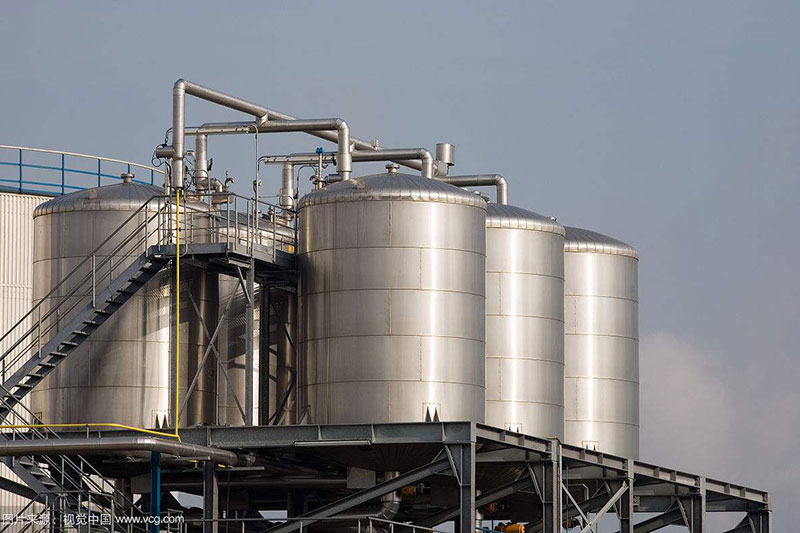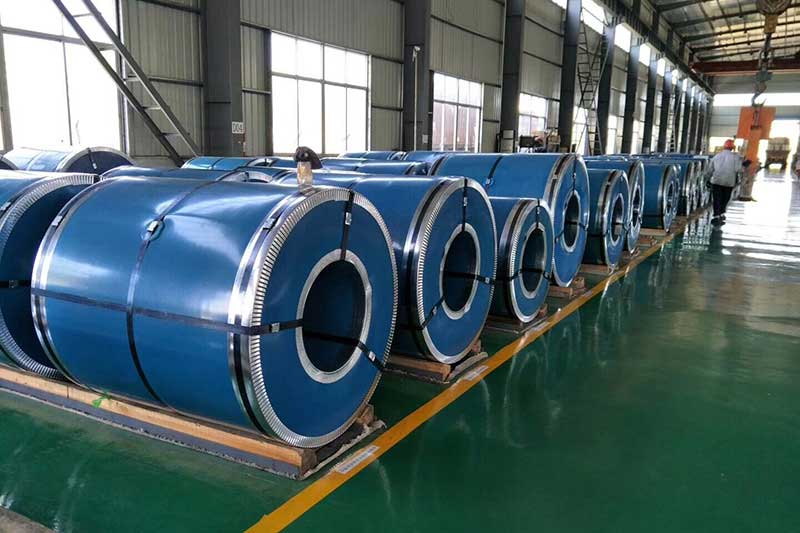Traditionally, general home appliances are divided into three types, brown home appliances, white home appliances, and small home appliances. Internationally, home appliances are divided into white, brown, and cream colored home appliances.
Small Household Appliances
Generally, small home appliances use less energy, or the physical size is smaller; thus, they are called small home appliances.Small home appliances can also be called soft home appliances, and are home appliances that increase people’s quality of life. The soy bean milk machine and electric stove currently on the market can increase users’ quality of life.
Black Home Appliances
The source of black home appliances began with the outer black edge of televisions that use cathode ray tube displays. A dark brown color shell does not easily produce visual contrast with consumers, and the black television body can disperse heat more easily. Subsequently, television and other peripheral equipment, such as home use game machines and video recorders, were designed in black to disperse heat and to match the television. Thus, people started calling entertainment and leisure home appliances “black home appliances.” From a technical perspective, black home appliances are products that give people sensory pleasure by converting electric signals through electronic components and electronic circuits into sounds or pictures.
White Home Appliances
White home appliances usually refer to everyday life and family use appliances. Common white home appliances include rice cookers, washing machines, refrigerators, air conditioners, and microwaves. These are called white appliances because of their usually white exterior when they were first introduced. Today, individualized development of products has made home appliances into a multitude of colors. Because of intense competition between white home appliance companies and their mature technology, many white home appliances are produced through OEM or ODM to reduce costs.
Stainless steel has been widely applied to white home appliances because of its good weld-ability, rollform-ability, low-temperature toughness, and corrosion and oxidation resistance. This large potential market is also an important downstream application for stainless steel.








